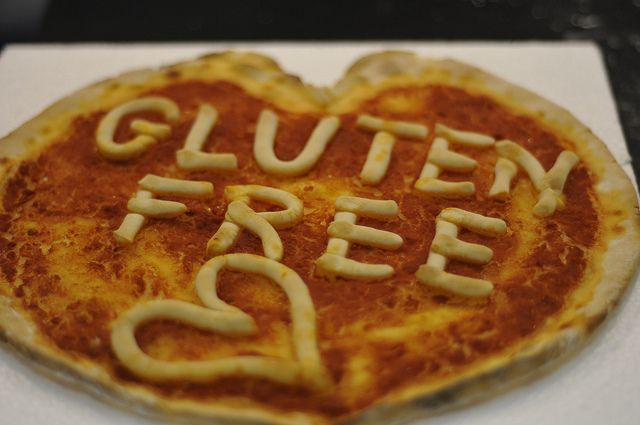Many People Enjoy Gluten-Free Diet: Here’s Why You Should Too

A gluten-free diet might taste bland to some but there's no denying it's healthy. And besides, going gluten-free is an acquired taste. It's like developing a liking for guacamole.
But there's no arguing the point that gluten-free diets (GFDs) are becoming more popular in the United States. We're seeing more gluten-free food on grocery shelves and more groceries carrying gluten-free foods in their inventory. Selling gluten-free food makes sound business sense since about 30% of all Americans avoid gluten. Glutens are pervasive. Bread produced from wheat grains contains gluten.
It seems Americans are developing a taste for gluten-free foods for the same reason they're taking to keto or paleo diets -- gluten-free foods are healthier. And for the small number of people for whom gluten can be instantly life-threatening, the rising popularity of gluten-free foods is a life-saver at the same time. These people are diagnosed witrh Celiac disease or a severe gluten allergy. Others that go gluten-free say this diet makes them feel better and a lot healthier.
But before anything else, we've got to know more about going gluten-free and how it boosts our health.
A gluten-free diet is a diet that strictly excludes gluten, which is a mixture of proteins found in wheat and all of its species and hybrids. This group includes spelt (also called hulled wheat), kamut (Oriental wheat) and triticale (a hybrid wheat developed in Europe in the 19th century). It now also includes barley, rye, and oats.The exclusion of oats, however, remains controversial.
It's been shown gluten might cause both gastrointestinal and systemic symptoms for those with gluten-related disorders. These disorders are wheat allergy, celiac disease (CD), non-celiac gluten sensitivity (NCGS), gluten ataxia and dermatitis herpetiformis (DH).
For people with these disorders, the gluten-free diet has been proven as an effective treatment. There are cases where a gluten-free diet might mitigate gastrointestinal or systemic symptoms in diseases like irritable bowel syndrome, rheumatoid arthritis, multiple sclerosis or HIV enteropathy.
Celiac disease is about the worst outcome for someone with a gluten allergy. It's an autoimmune disorder where consuming gluten damages the small intestine, resulting in painful and uncomfortable digestive distress. A small intestine damged by gluten can't do its job of helping the body absorb nutrients. It also means a person can't get the nutrition he needs need from food. Left undiagnosed or untreated, celiac disease can lead to serious health issues like diabetes, multiple sclerosis or gastrointestinal cancer.
Adding impetus to the move towards GFDs is the continuing popularity of the keto and paleo diets. These two diets require practitioners to avoid bread and gluten. In the Keto diet, you do away with bread and wheat products because they're high in carbs. After all, the goal of the Keto diet is to restrict carbs and consume more fat so your body goes into a ketogenic state where it burns fat and not carbs for energy.
On the other hand, the Paleo diet restricts bread and all grains (including gluten-containing grains). This diet aims to reduce the consumption of processed foods and stick to foods in their whole form. These are mainly veggies, fruit, meat, eggs and nuts.

Check Gluten Free Products
Published by Medicaldaily.com



























